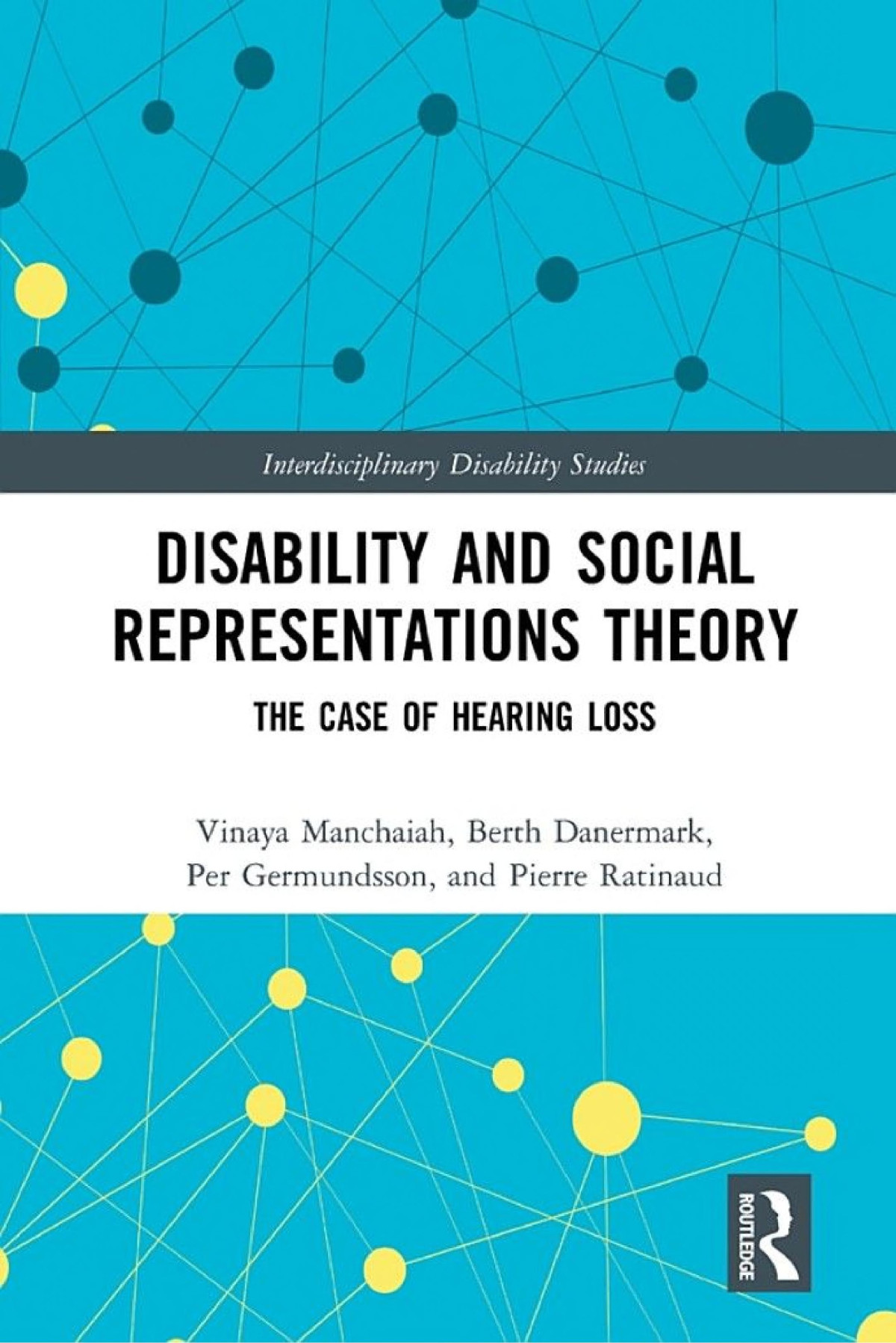

Most ebook files are in PDF format, so you can easily read them using various software such as Foxit Reader or directly on the Google Chrome browser.
Some ebook files are released by publishers in other formats such as .awz, .mobi, .epub, .fb2, etc. You may need to install specific software to read these formats on mobile/PC, such as Calibre.
Please read the tutorial at this link: https://ebookbell.com/faq
We offer FREE conversion to the popular formats you request; however, this may take some time. Therefore, right after payment, please email us, and we will try to provide the service as quickly as possible.
For some exceptional file formats or broken links (if any), please refrain from opening any disputes. Instead, email us first, and we will try to assist within a maximum of 6 hours.
EbookBell Team

0.0
0 reviewsDisability and Social Representations Theory provides theoretical and methodological knowledge to uncover the public perception of disabilities.
Over the last decade there has been a significant shift from body to environment, and the relation between the two, when understanding the phenomenon of disabilities. The current trend is to view disabilities as the outcome of this interaction; in short from a biopsychosocial perspective. This has called for research based on frameworks that incorporate both the body and the environment. There is a great corpus of knowledge of the functions of a body, and a growing corpus of environmental factors such as perceptions among specific groups of persons towards disabilities. However, there is a lack of knowledge of the perception of disabilities from a general population. This book offers an insight into how we can broaden our understanding of disability by using Social Representations Theory, with specific examples from studies on hearing loss. The authors highlight that attitudes and actions are outcomes of a more fundamental disposition (i.e., social representation) towards a phenomenon like disability.
This book is written assuming the reader has no prior knowledge of Social Representations Theory. It will be of interest to all scholars, students and professionals working in the fields of disability studies, health and social care, and sociology.